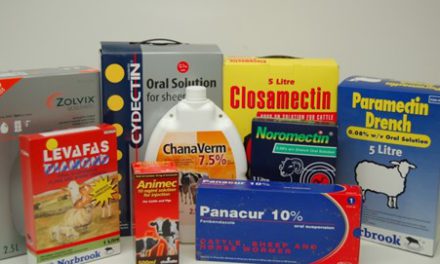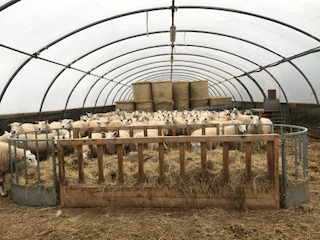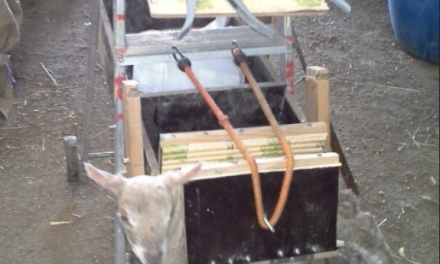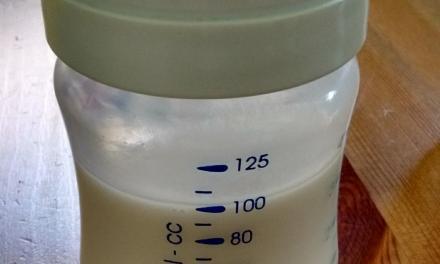This post is also available in:
![]()
![]()
![]()
![]()
![]()
Control plan of external parasites
Solution name: Control plan of external parasites
Aim: To know the ectoparasites affecting lambs, to use the most appropriate product to control the parasitism, and to set preventive measures.
Description:
It is important to know the cause of itching, scratching or damage in animals. Therefore, in the presence of ectoparasites, proper sampling and correct identification will allow the farmer to carry out an appropriate treatment.

Topic: Health
Production: Dairy/Meat
Animal Category: All
Issue: External parasitism
Level of Solution: Practical
Country: Spain

How to implement
The best way to prevent ectoparasite infestations in flocks is to implement some relatively simple preventive measures:
- Quarantine (3 weeks) of all new animals entering the flock;
- Avoid contact with other flocks;
- Disinfect and disinsect facilities twice a year;
- Controlling ectoparasites in adult animals;
- Disinfect and disinfect common tools and machinery.
Main ectoparasites affecting sheep
- Psoroptic mange (common scabies): Psoroptes ovis
- Melophagus ovinus (sheep ked): Melophagus ovinus
- Pediculosis (chewing lice): Bovicola ovis
- Oestrus ovis (nasal worm): Oestrus ovis
- Ticks and Tick-Borne diseases: Ixodes ricinus (Anaplasma phacocytophilum) / Rhipicephalus bursa (Babesiosis)
Collection of samples for ectoparasite species identification
Check 10 animals, separating the wool in 5 places on each side of the body, including the neck, shoulders and flanks.
Collection of samples to identify the ectoparasite species
- Direct collection of the ectoparasite on the fleece and/or skin. Using a magnifying glass for small lice.
- Diagnosis of scabies: make several scrapings on the outside of the scabbed areas.
Treatment
- Injectable / Oral: Endectocides
- Pour on : Pyrethroids, Cypermethrins, Endectocides
- Bath / Shower : Pyrethroids, Cypermethrin, Organophosphates
Except for long-lasting endectocides, repeat the treatment after 10 days
Expected benefits
- Improving animal health and welfare
- Improving body condition
- Improving feeding efficiency and higher growth rates
Cost Benefit analysis
The best way to avoid ectoparasite infestations in flocks is to apply preventive measures. In the case of the presence of ectoparasites, correct identification will allow more appropriate treatment, improving animal health and welfare and productivity. The application of treatments against external parasites, may provide a gross benefit over 5500 € for an average flock of 300 dairy sheep (mainly through higher fertility rates, and the associated outcomes – lambs and milk).
Sustainability analysis
Improving animal health and welfare will improve feed conversion, body condition, ewe prolificity and milk production, and will be able to use pastures longer in the season. Healthier animals and more productive flocks, also allow decreasing the enteric methane emissions and the carbon footprint of the activity.
Preventive measures reduce the use of pest control products, allowing the farmer more free time, improving animal health and welfare and reducing side effects on soil organisms caused by degradation products, which decreases biodiversity and pasture functionality.
Prerequisites and/or limits
- Collection of wool and/or skin samples
- Collection of parasite samples
- Sending the samples to the laboratory
- Perform laboratory analysis
Information Sources / Useful links
none







